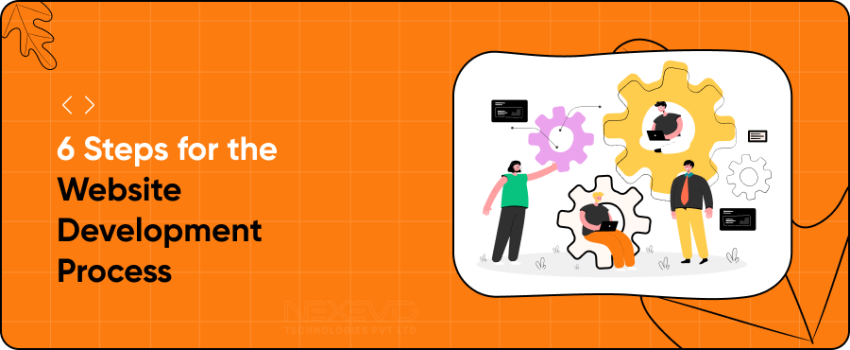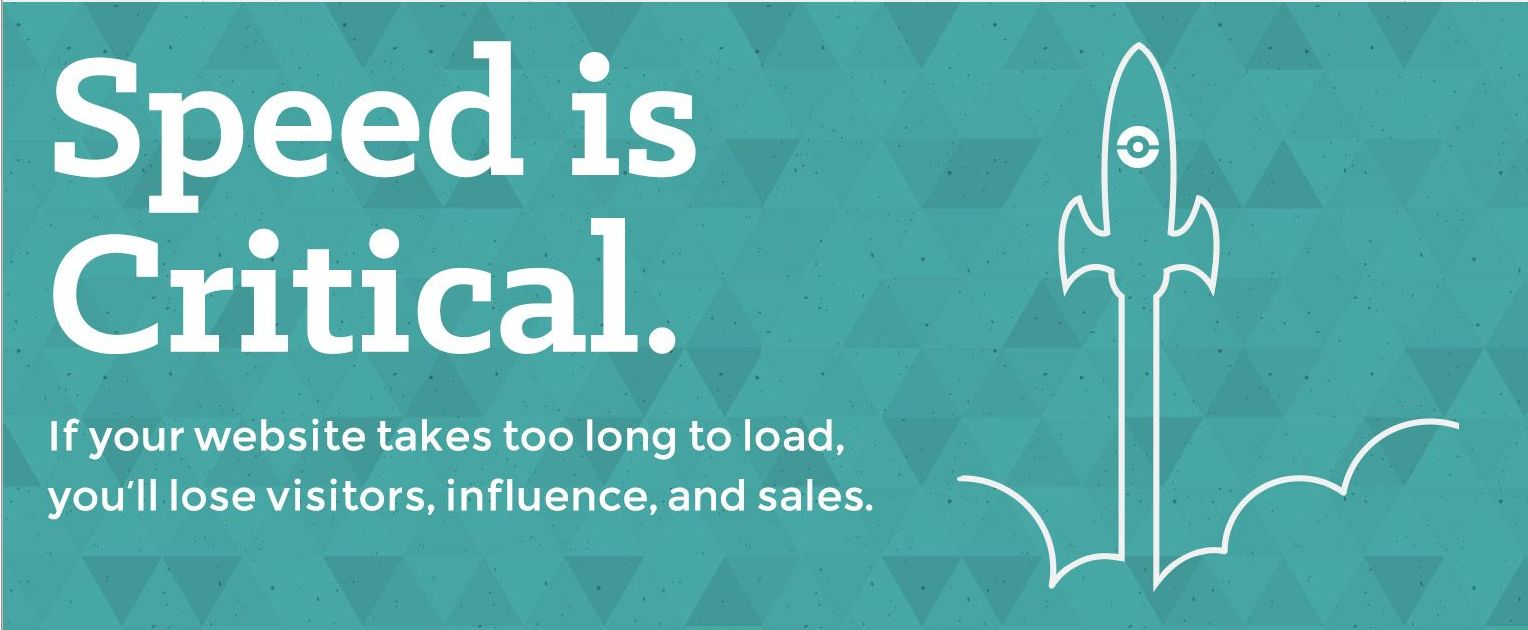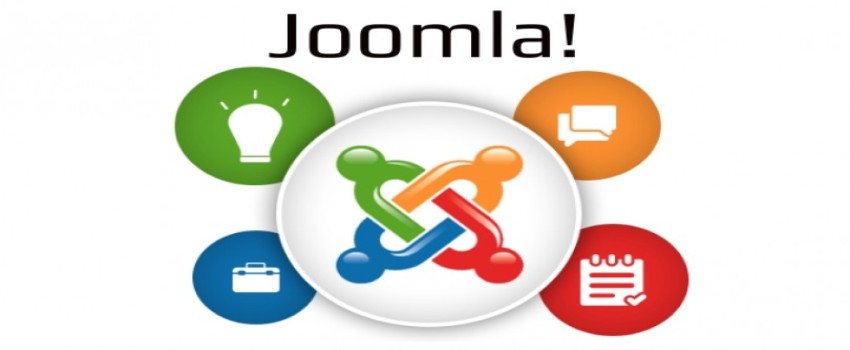6 Steps for the Website Development Process you must know 2025
Navigate to
- 6 Steps for the Website Development Process
- Discovery Phase in the Website Development Process
- UX Design Phase in Website Development
- Prototyping Phase of Web Development Process
- UI Design- Website development Phase
- Development Stage of the Web Development Process
- Launch and Support- Last Phase of Website Development
- Conclusion
Discover the complete six-step process of developing a website, known as the website development process, breaking down each stage from conception to launch. Learn the nuances of goal-setting, creating user experiences, prototyping, UI implementation, development, and, in the end, launch with continuous support through real-world examples.

Building a website is an exciting venture, but at the same time, it also feels confusing and difficult. The question arises as:
Where to begin?
The secret weapon for any successful website is the website development process. This procedure guarantees an easy journey from concept to launch by breaking down the website creation process into manageable parts.
6 Steps for the Website Development Process
Let’s explore the web development process through the website development steps that bring your website vision to life and understand the website development stages with an example.
1. Discovery Phase in the Website Development Process
The process of website development begins with the discovery phase, which is the first phase of the web development steps, where you define the purpose, goal, and target audience of your website. In this stage, you define the purpose, goal, and target audience of your website. You will closely work with stakeholders to gather requirements, conduct market research, and analyze competitors. The goal is to gain a deep understanding of what your website needs to accomplish and who it needs to reach.
Eg: Imagine you're a small business owner looking to establish an online presence for your homemade bakery. You would work with a web development team to define your objectives, target market, and feature requests. After conducting research and holding conversations, you decide that your website should highlight the special products your bakery offers, let clients place online orders, and include details about your address and business hours.
2. UX Design Phase in Website Development
Now that you have discovered the purpose of creating the website, who your target audience is, the next phase in the website development process is UX design.
The next phase in the web development process is UX design. The user experience(UX) design focuses on creating a smooth and simple experience. In this step, you will develop personas, map out user journeys, and create wireframes to visualize the layout and navigation of your site. The main goal is to make every user experience on your website flawless, effective, and pleasurable.
Eg: The UX design team maps out the website's structure and functionality using wireframes and user personas, created using the information obtained during the website development lifecycle. They create a user-friendly navigation menu, for instance, highlighting sections like "Pastries," "Breads," and "Custom Cakes." In order to guarantee a flawless browsing experience across platforms, they also place a high priority on mobile responsiveness, making it simple for clients to peruse your bakery's choices from their tablets or smartphones.
3. Prototyping Phase of Web Development process
Moving on to the next step in the website development process, which is to evaluate your UX design.
In this phase, your website will be tested, and your website design will be reviewed before moving
into full-scale development. Using tools like Adobe XD, Figma, or Sketch, you’ll create interactive prototypes that
simulate the functionality of the final product.
Prototyping allows you to test and refine your website's design before moving into full-scale development. Using
tools like Adobe XD or Sketch, you'll create interactive prototypes that simulate the functionality of the final
product. This allows you to identify any usability issues or design flaws early on and make necessary
adjustments.
Eg: The team creates interactive prototypes to obtain user input and recreate the experience before moving on with full-scale development. You may browse the website as if it were live by using their clickable mockups. Feedback on the design, functionality, and general user flow is provided while you work with the prototype. The team makes adjustments to the design based on your feedback to make sure it fulfills the requirements of your intended audience and represents your vision.

4. UI Design- Website Development Phase
The next step in the website development process after evaluating the UX design is to focus on the look and feel of your website, which is UI Design. UI designers apply color, font, images, and other visual aspects to the wireframes made during the UX design process to provide a visually attractive and unified design. Creating a design that not only looks amazing but also strengthens your business identification and improves user experience is the aim.
Also read: You Must Avoid These Errors to Make Your UI Design Attractive
Eg: The UI design team concentrates on creating visually appealing pleasing interfaces that represent your bakery's brand identity, building on the wireframes and prototypes. To generate a feeling of handcrafted charm, they select a warm color scheme, include tempting photographs of your delicious food, and employ unique typography. The outcome is an eye-catching website that draws customers in and strengthens your bakery's reputation as a fine baker.
5. Development Stage of the Web Development
After implementing the above 4 steps, developers begin developing the website's architecture and functionality when the design process is complete. Front-end developers use HTML, CSS, and JavaScript to create UI designs so that they render flawlessly across a range of devices and browsers. In order to facilitate dynamic content creation and user interactions, back-end developers handle server-side programming, database integration, and application logic.
Eg: After the design is accepted, frontend and backend website components are coded by developers. They incorporate elements like an online ordering system, contact forms, and interactive maps for routes to your bakery, using HTML, CSS, and JavaScript to make the design come to life. They follow best practices for web performance and accessibility throughout the website development process, guaranteeing that your website is both useful and easy to use.
6. Launch and Support- Phase of Website Development
The launch phase, when the website becomes online for public access, is the final stage of the website creation process. During the launch process, the website is deployed to a hosting environment, domain settings are configured, and extensive testing is conducted to make sure everything works as it should. For continuing success,
post-launch support, and maintenance are crucial to resolve any problems, apply updates, and maximize performance.
Eg: As the development nears completion, the website undergoes testing to identify and fix any bugs or issues. The development process comes to an end when the site is made publicly available when everything is functioning as it should. The website for your bakery is now up and running, giving users the ability to browse your products, place
orders, and discover more about your company. Sustained assistance and upkeep guarantee that your website is safe,
current, and performance-optimized, freeing you to concentrate on making your clients happy both online and off.
Conclusion
In summary, the website development process is complex and demands careful preparation, teamwork, and implementation. Through a commitment to these crucial phases, ranging from exploration to implementation and assistance, companies may craft memorable digital encounters that connect with their intended demographic and provide significant outcomes. As you approach each process of the web development step lifecycle with creativity and dedication, you'll see your digital presence grow in the dynamic world of the internet. A professional website development company can help guide you through this journey, ensuring your website meets all your business goals.
Frequently Asked Question
1. How can I ensure that my website will be mobile-friendly?
During the web development process, in the UX Design and Development phases, the team prioritizes mobile responsiveness. This means your website will be designed and developed to work seamlessly across all devices, including smartphones and tablets, ensuring that your users have a positive experience no matter how they access your site.
2. What kind of content can I include on my website during development?
You can include various types of content, such as product descriptions, images, videos, blogs, and contact information. The development team will integrate this content during the Development phase, ensuring that it aligns with your brand’s message and enhances user engagement.
3. How long does the entire website development process take?
The timeline for website development can vary depending on the complexity and requirements of your project. However, the process generally takes a few weeks to a few months, with each phase carefully planned to ensure quality and efficiency.
4. Can I make changes to the website after it’s launched?
Yes, after launching your website, you can make updates and changes as needed. The development team provides ongoing support, so you can easily modify content, add new features, or make design adjustments to keep your website current and aligned with your business goals.
5. What happens after my website is launched? Will I still receive support?
After launching your website, ongoing support and maintenance are provided to ensure its continued success. This includes resolving any issues, applying updates, and optimizing performance, so your website remains secure, functional, and aligned with your business needs over time.
Related to this
Let's Discuss Your Project










